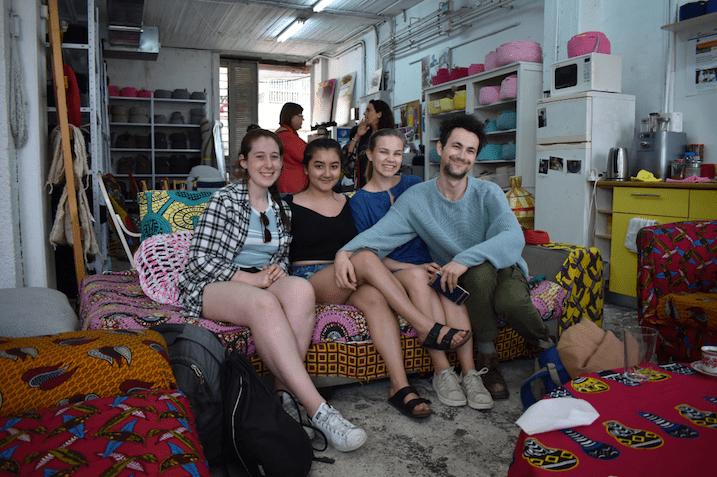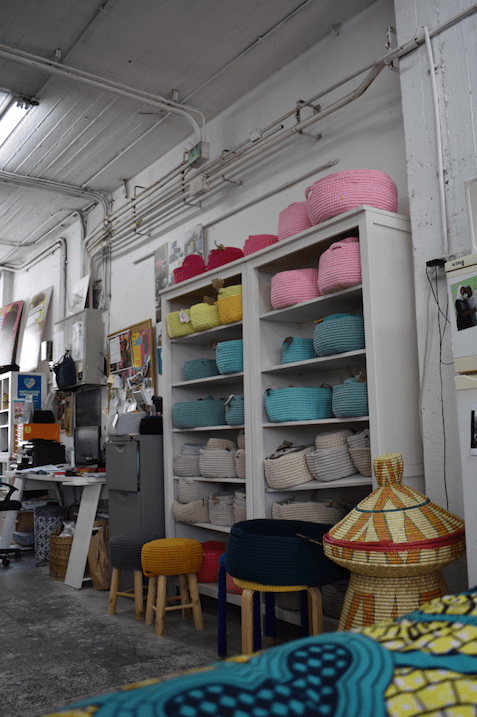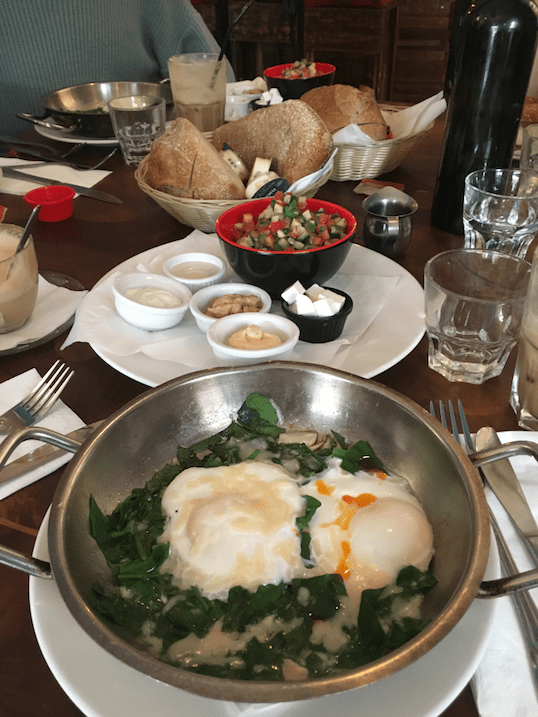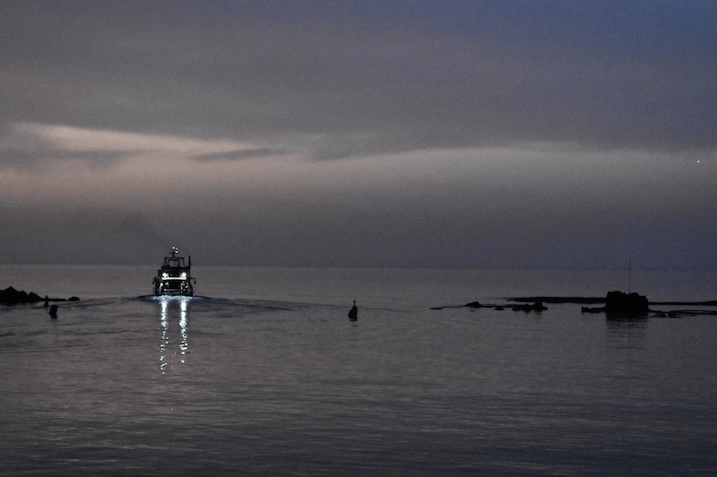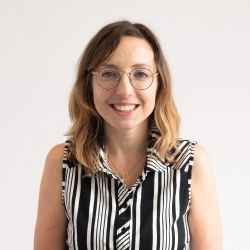Our Day Trip in Tel Aviv- Jaffa by Meghan Curran
We met in the morning for shakshuka and ate at a hip cafe before heading to a grocery store around the corner. From there, we walked through southern Tel Aviv and entered a nondescript warehouse-style building. Climbing up the stairs, we passed empty hallways and closed doors before turning the corner to find an open door and a room full of color and laughter! We sat on brightly patterned sofas among piles of crocheted bowls as Dr. Kahn spoke with us about Kuchinate and her role as co-founder of the organization.
The collective centers around African asylum-seekers creating crocheted home goods. It was obvious from the moment we walked in that Kuchinate has a positive impact on the women who work there. Many of them have suffered incredible trauma – trafficking, sexual violence, torture – and need psychological support. Luckily, Dr. Kahn has vast experience in clinical psychology as a trauma specialist in humanitarian aid and intervention. However, introducing western psychological treatment to people unaccustomed to the concept can be tricky, she explained. Mental health is not a topic of conversation in many of their cultures, so Dr. Kahn relies on other, less foreign forms of support: fostering a safe friendly environment, encouraging the women to share their culture and traditions through crochet and coffee ceremonies, and the ability to bring their children in while they work. The ease and casualness with which she discussed this philosophy highlighted the significance of their project; it’s unbelievable that women can have economic stability, celebrate their culture, cultivate friendships, receive psychological support, and more all within one organization!
From Kuchinate we walked to Bialik Rogozin School which is also located in south Tel Aviv. Eli Nechama, the school’s principal for several years, gave us a tour of the school. Having grown up with both parents working in education at one time or another,
I have a natural interest in schools, so I was eager to learn more about a school that Martha had only described as in a “complex and highly discussed neighborhood.”
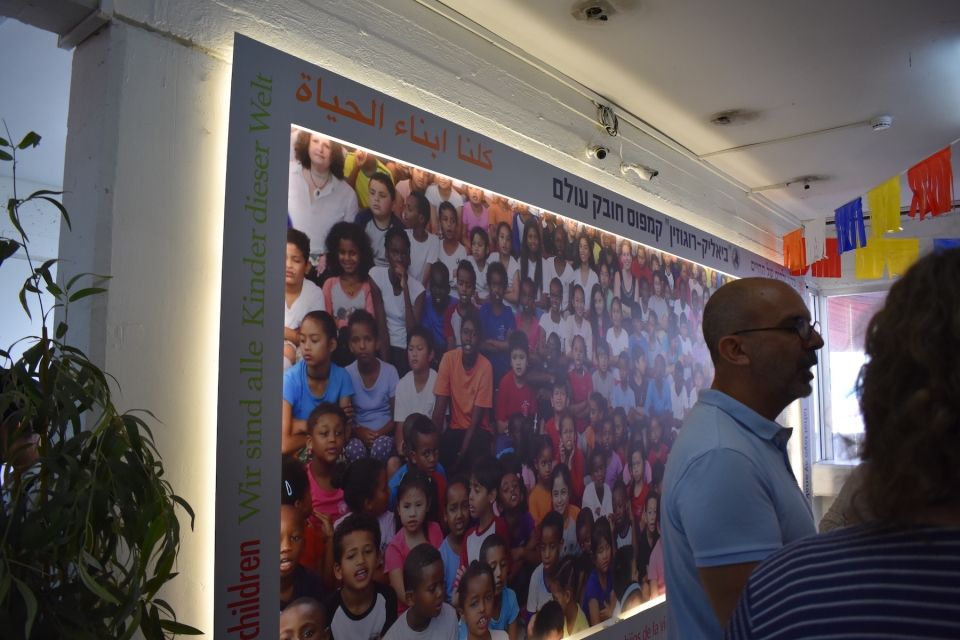
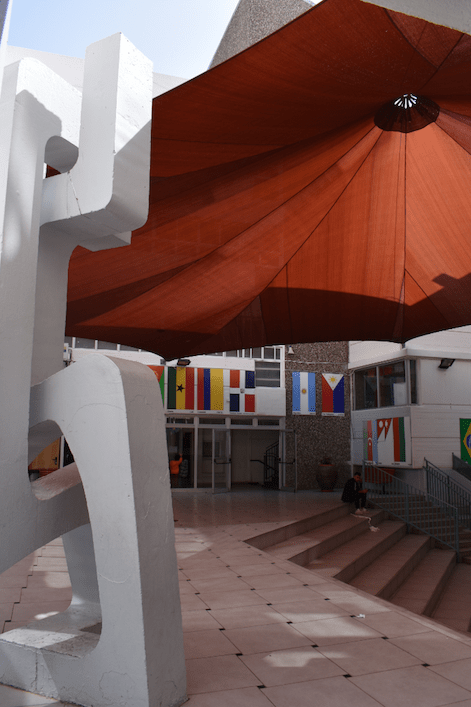
One of the first things Nechama told us is that the students at Bialik Rogozin come from 51 countries – they have no common language, culture, or religion to unite them. Despite this challenge, as well as the challenge of many being immigrants, refugees, undocumented, or asylum-seeking students, the students have higher rates of academic success than almost anywhere else in Israel. The national rate of eligibility for the matriculation certificate is 51% and 92% of Bialik Rogozin students were eligible last year! Aside from the standardized tests and statistics, the students are also extremely talented musicians, dancers, athletes, and more!
Nechama attributes this success to many factors: the huge network of volunteers that help run the school, the dedication of teachers who work there, and most important – the school’s philosophy. He listed five factors – excellence, continuity principle, current pedagogy, international campus, involvement and contribution to the community – as well as the sense of stability students have in a K-12 school and the lessons they offer parents in parenthood, economics, and Hebrew. Such programming and principles are instrumental in the school’s success, but I was struck most by the atmosphere of love and care for the students. The principal addressed every student by name as they passed us, he hugged them, and then told us a little about their accomplishments or story. It was obvious that the high level of affection for and devotion to the students makes the difference.
The “Black City” photograph exhibition stands out to me as the perfect example of this love. Tel Aviv is often referred to as the White City because of its many Bauhaus and modernist buildings, but this project adapted the city’s nickname to flip the narrative about the city and its residents. “Nobody tells them they are excellent,” Nechama told us, “but they are succeeding against all odds." He explained the significance of portraying the residents of the area – immigrants, refugees, asylum-seekers, migrant workers – in a positive light, so that students could see role models with cultures, languages, appearances, and religions similar to their own. This exhibit was just one example of how the school strives to affirm the worth of the students and support them in every way they can.
Our next stop was to Neve Sheanan – a neighborhood in south Tel Aviv that is known for its population of immigrants, asylum-seekers, and refugees. Martha explained to us that there is an intense fear of this area and its inhabitants – taxi drivers often refuse to take people there at night. At first glance, you can understand their hesitation; it’s a scene I’m familiar with in the South, where many residents are poor and unable to work. The streets are unclean and there are many young men of color who seem to be “loitering" – images that often spur a perception of danger in many cities across the world.
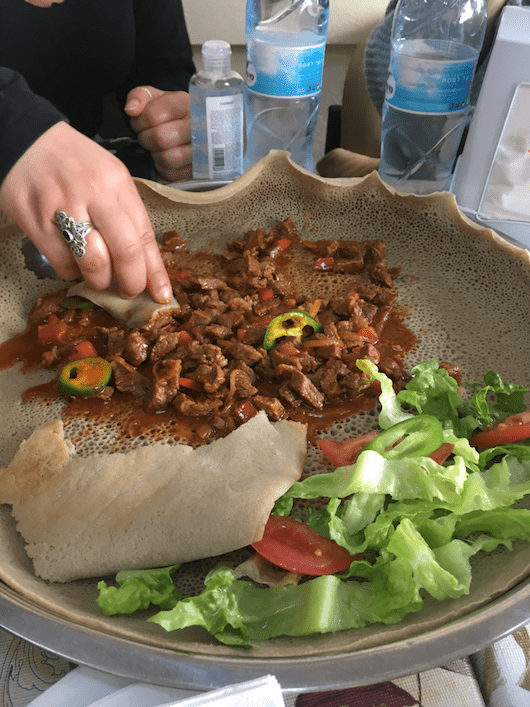
As with anywhere, it’s important to understand the context and underlying factors that have created this environment and the subsequent fear of it. This is where Taj, a brilliant, soft-spoken refugee and activist from Darfur, came in. He greeted us with a wide smile and ushered us into an Eritrean restaurant where we ordered three injera dishes. While we scooped up meat, lentils, and veggies with the spongy flatbread, Taj told us the heart-wrenching story of how he escaped the genocide in Darfur.
As a young man in the middle of the conflict zone, he was in danger of being kidnapped and enslaved, so his family urged him to flee. He escaped to Egypt but was arrested multiple times and brutally tortured before weighing his options and leaving for Israel with the help of smugglers. Since 2008, Taj has lived in Israel on a temporary visa that must be renewed every two months – an incredibly uncertain and stressful condition to live in. Because Israel has no clear policy on refugees, particularly Sudanese/Darfurian refugees, the visas available to asylum-seekers like Taj are extremely and deliberately vague. For example, the limits on working are unclear, so most companies avoid hiring people with them, which in turn relegates many asylum-seekers to extremely low-paying jobs or involuntary unemployment. Even though Taj himself has a bachelor’s degree in counter-terrorism and conflict resolution, as well as a master’s degree in political science (both from Israeli institutions), he has found himself working exploitative service jobs to make money. His anger and frustration on behalf of the refugee population is clear, and it’s easy to understand why. Refugees and asylum-seekers have a right to stability; it’s a violation of their dignity to live in a legal limbo with the additional pressure of difficult renewal processes that aim to encourage refugees to leave voluntarily but sometimes lead people to commit suicide.
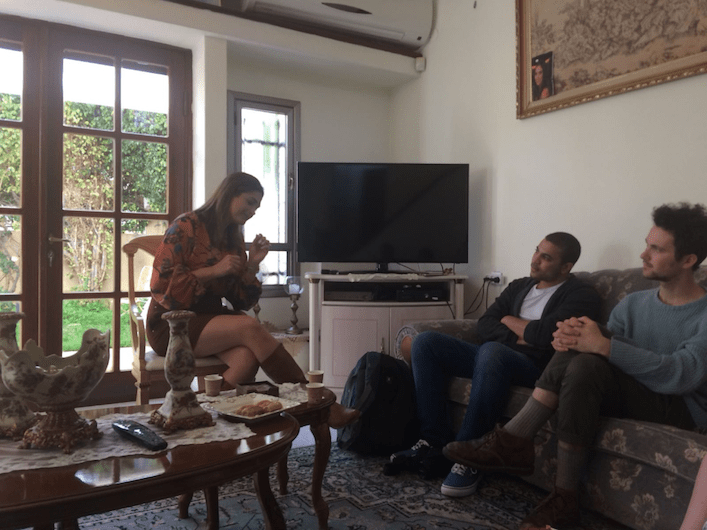
He passed his visa around the table, well-creased but protected in a plastic wallet, and we found it hard to believe that his existence (and that of many, many others) is defined by a single slip of paper. It reminded me of Mahmoud Darwish’s “Identity Card” poem – the frustration of having your entire life, family, and identity distilled into a few bureaucratic words on paper. Despite the limbo that Taj and many others have experienced for the past 10 years, he received news just this week that he is one of five people to be given permanent resident status in Israel! Because of this, he will be able to leave Israel and see his family for the first time in 14 years.
Leaving Neve Sheanan, we felt disheartened and disappointed, but it was certainly thought-provoking to consider why a nation so profoundly influenced by the Holocaust would choose to treat refugees and asylum-seekers the way it does. Since we’ve visited Taj in Neve Sheanan, some of Israel’s policies on African migrants (mostly from Sudan and Eritrea) have changed – just this morning, the Israeli court suspended its plan to deport African migrants!
We took taxis towards Jaffa, and it was immediately clear that we were in a completely different neighborhood. We were let into a large private home by a well-dressed, charismatic woman named Doris. She served us baklava and coffee from her family business and explained how coffee culture is a sort of politics – an extremely important and nuanced form of social etiquette.
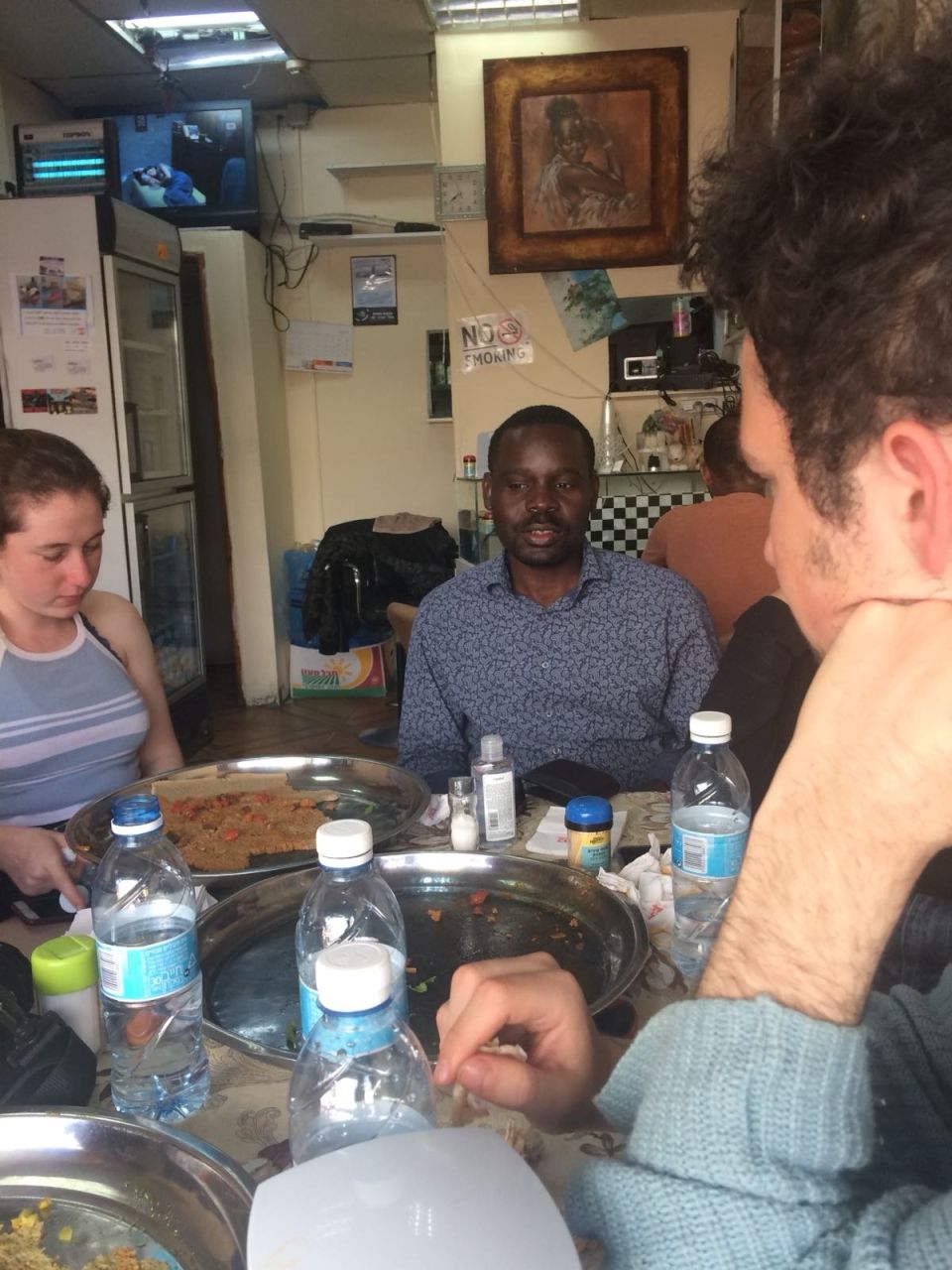
She then jumped right into her story. Doris is an Arab-Christian-Palestinian-Israeli former beauty queen, which was definitely a combination of identities we had not yet encountered! When she was 15, her parents accepted a marriage proposal from a prominent family in Jaffa on her behalf, and she was married at 16. Since then she has lived as a housewife, taking care of her husband and children. Several years ago, a local tour guide approached her about opening her house to guests and telling them about the family coffee business and her life. Having lived in a relatively insulated community until this point, she cited this opportunity to interact with tourists from all over the world as incredibly eye-opening! Although she retains some traditional, conservative beliefs about intermarriage between religions, she told us that she would never arrange marriages for her children the way her parents did for her and her sisters: “You have to give your daughter an education first. Then you also have to give your daughter the opportunity to feel love, to be loved.”
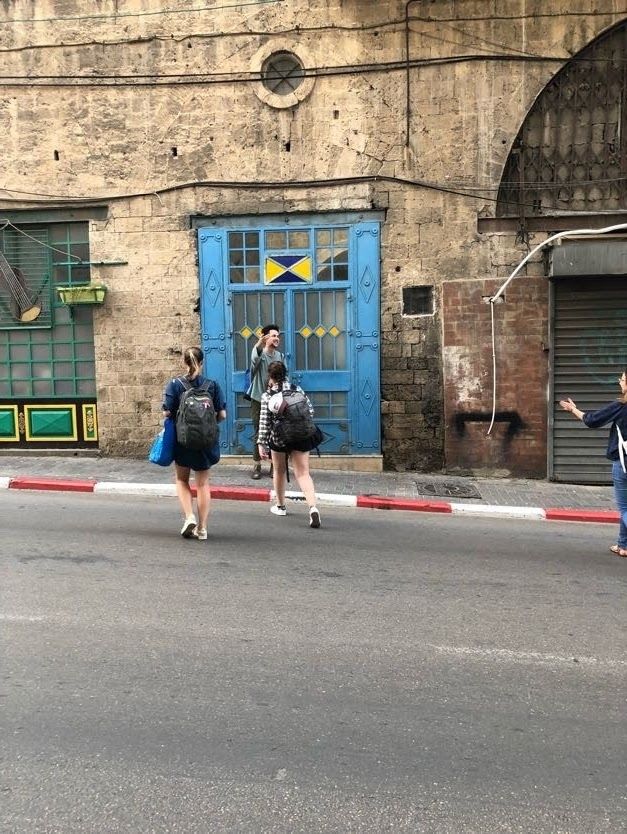
After meeting Doris, we walked through Jaffa towards the port, where we spent a while taking in the beautiful views of Tel Aviv and wandering through the market before it closed. Because life with Martha is never boring, we had one last unusual cultural experience in store…dinner at the Nalaga’at Center, where blind servers guide guests through a meal entirely in the dark. The restaurant is part of a larger project that employs deaf, blind, and deaf-blind individuals in its theater group, restaurant, and workshops.
When Martha’s name was called, we were led to the entrance of the restaurant – a dark hallway where we were told to stand in line and place our hands on each others’ shoulders. Our server then led us in, told us where to stop, and helped each of us sit at the table. The most unsettling moment of the entire evening for me was being the last person standing in the middle of the dark room when everyone else had taken their seat – I felt so alone and vulnerable! This moment made me understand why the organization is called “please touch” in Hebrew; without the comfort or guidance from the touch of someone else, I was completely lost.
We had selected our dishes before entering the restaurant (I chose “Surprise Fish”), so all that was left to do was wait for our food and pour our own water – a task that took a lot of coordination and concentration. Our food arrived, and those of us with “surprise” dishes reached across the table (accidentally stabbing each other with our forks), tasted each others’ food, and tried to figure out what we were eating! As I ate, I was strangely aware how much we rely on seeing others’ body language, gestures, and facial expressions in social interactions. We were all a little quieter because of it.
My favorite part of the dinner was hearing from our waiter about his experience as a person with limited sight. He spent many years of his life angry, resenting his lack of sight, but started working for Nalaga’at and began to appreciate his other abilities. He told us that many of the servers act in the theater, others help guide other workshops within the organization, and some even run marathons! Nalaga’at is the only “blackout” restaurant in Israel, so it was an incredibly special opportunity – there are so few places that raise awareness about individuals with different vision and hearing abilities in such an immersive, personal way.
Our time in Tel Aviv and Jaffa with Martha was a whirlwind! We spent the entire day learning about projects and people challenging the preconceptions people have about them. Obviously, not every day studying in Israel is full of this many new people, opinions, and beliefs, but I feel that it’s representative of our semester here as a whole. For being “the Jewish nation,” there are so many people here that aren’t Jewish or Israeli, so I constantly encounter narratives and stories that change my perception of Judaism, Israel, its inhabitants, and its role in the larger Middle East region.
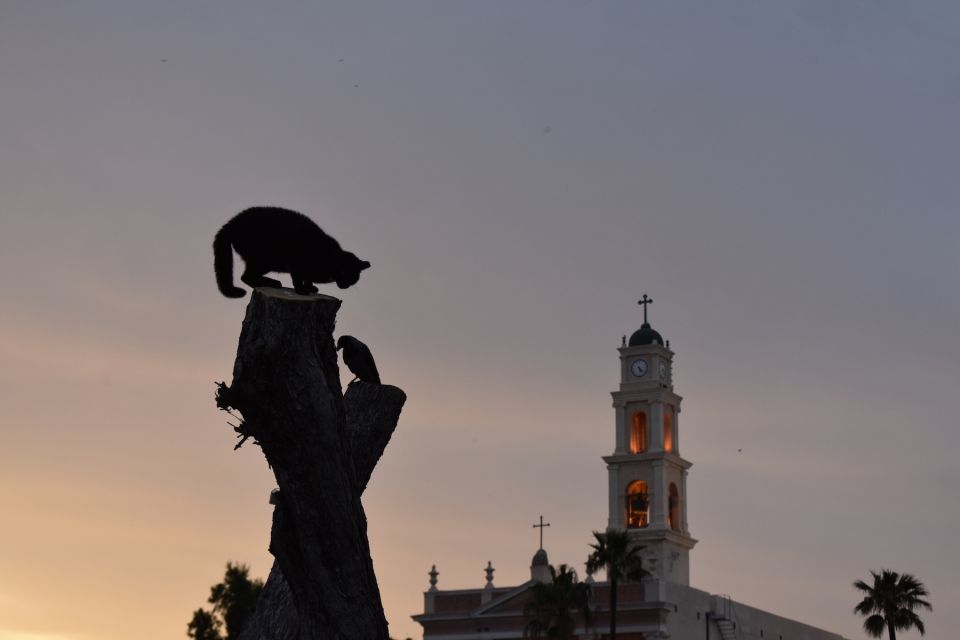
Related Posts
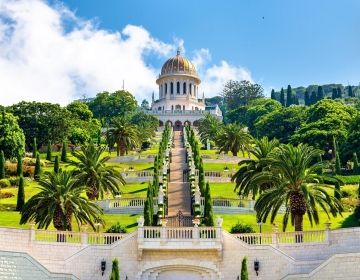
Best Time to Buy an International Plane Ticket to the Middle East
Just because you want to study abroad in the Middle East doesn’t mean your plane ticket has to break the bank. There are ways to maneuver through the many travel... keep reading
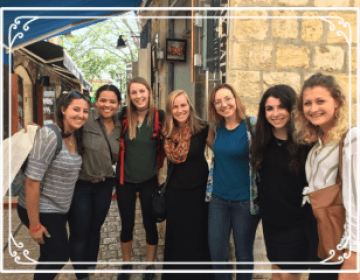
Our Trip to Safed and the Jordan River
by Abby Prince “Shalom Aleichem, mal’achei hasharet, mal’achei elvon” were the words that we heard blasting from the stereo as we pulled over to the side of the road to... keep reading
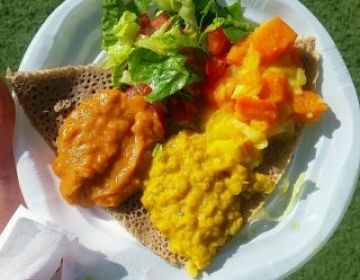
10 Things Every University of Haifa International Student Must Know
by Anna Spoerre You know those views that stop you in your tracks? Well here at the university your walk to class every day will be just that. The scene... keep reading
